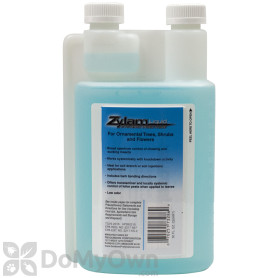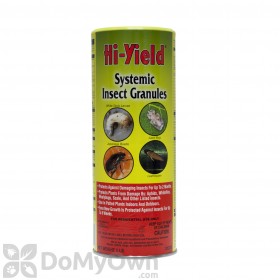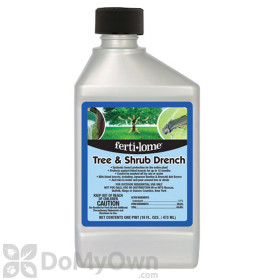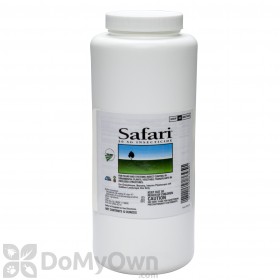Learn How to Make Your Plants Less Attractive to Thrips

Treat Plants with an Insecticide Root Drench
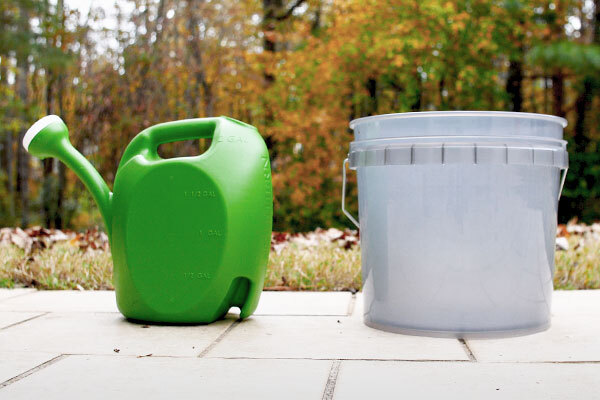
Thrips are a sucking pest, which means that they feed on the juices inside of your plants to thrive and grow. One way to add effective, long-term protection against thrips is to treat the plants where they may take shelter with a systemic root drench of a liquid insecticide labeled for use against thrips.
This treatment requires a small amount of work to prepare and apply, but the results should be worth your time and effort. Some recommended insecticide products for this type of application are listed below.
Separate Plants that May Host Thrips
It may not always be practical with shrubs and ornamentals used as landscaping elements that could suffer from a thrips infestation, but in the case of potted plants or smaller ornamentals that can be moved, giving potential host plants some space away from other plants on your property can help to minimize the spread of thrips, fungus, or other pests.
Carefully prune away any branches that appear to be fully infested if other treatments have not worked to reduce the insect presence on these plants. Be sure to dispose of any such clippings immediately, and do not use these pieces for compost.
You can also make your lawn or garden less hospitable to thrips by always removing plant litter from the space. Don't allow leaves, stems, and dead flowers that you may have pruned to lay around over the winter months.
Removing excess soil and gravel around your outdoor plants can also help keep thrips away by denying sheltered locations for them to hide.
Thanks for reading our Thrips Prevention Guide! If you are not sure if you have thrips, our guide on Identifying Thrips in the United States will help you make a positive ID. Our Thrips Inspection Guide will help you examine your plants for these hard-to-spot pests, and how to get rid of thrips covers our recommended treatment options.
If you have any further questions about thrips or the products mentioned in this guide, give our customer service team a call at 866-581-7378 or email [email protected].




